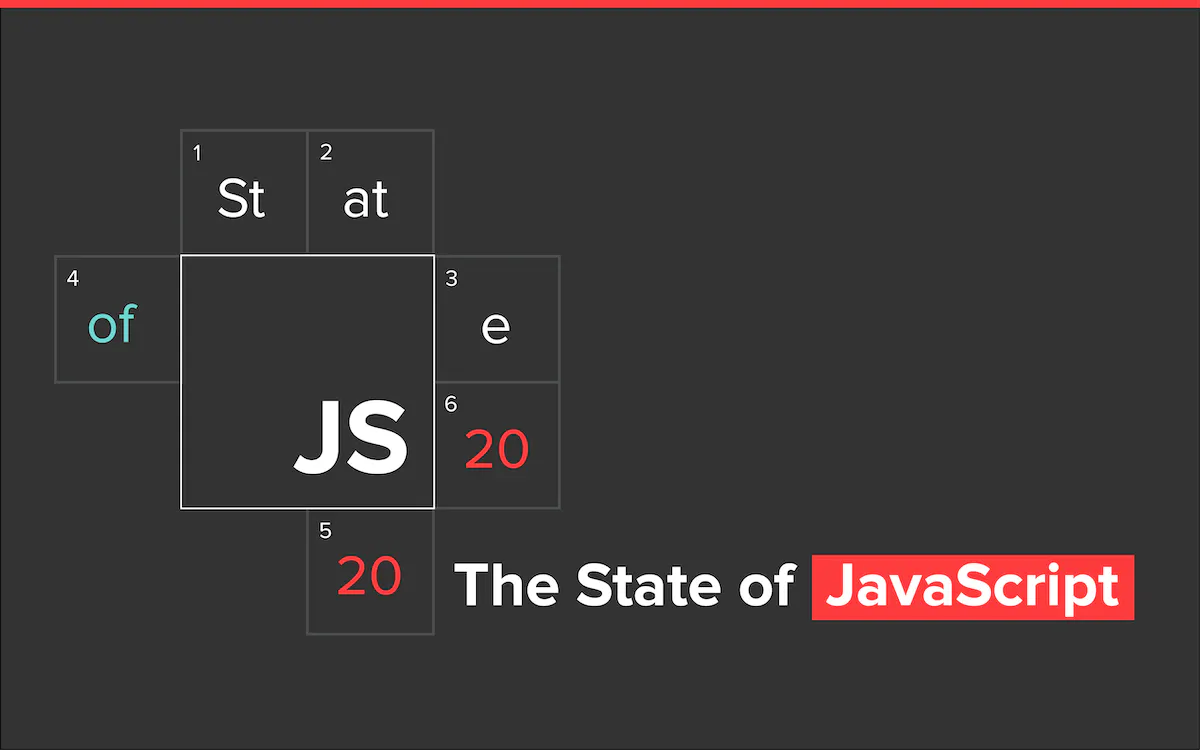Fill out the form to get more information about the Grace Hopper Program bootcamp of your choice.
10.27.2022
2020’s State of JavaScript Report and What It Means for the Future of JavaScript
By Emily Gregor

If one of your resolutions for the New Year is learning how to code, it’s worth exploring which coding language to specialize in.
The 2020 State of JavaScript report shows that JavaScript isn’t going anywhere—and that it’s still changing, growing, and adapting. The report is especially relevant to Fullstack Academy since we primarily teach fullstack JavaScript. Within that core language, we focus on the NERD stack, which includes Node, Express, React, Redux, Sequelize, and PostgreSQL.
One key data visualization in the report covers satisfaction versus usage for each technology under the JavaScript umbrella.

An Instructor’s Perspective
After analyzing the graph above, Fullstack instructor Ben Rodriguez notes, “React, Express, and Redux are in the ‘adopt’ block, which shows that these technologies are considered ‘safe to adopt’ and confirms that our curriculum is as relevant to the industry as possible.”
On how we use reports like these to inform our curriculum, Ben says, “We always want to make sure we do what's best for our students, and that includes having a cutting-edge, relevant, industry-ready curriculum. These surveys give us another signal and vector on what’s currently in our curriculum, what possibly needs updating, and some other technologies we can start looking into.”
Exploring New Technologies
One such technology we’re starting to explore is TypeScript.
“TypeScript, which is a superset of JavaScript that enables us to catch more errors before we run our programs, is something that we’re actively thinking about,” Ben says. “There are technologies in this section that we have some materials on, as well as technologies we’re actively assessing and letting our students know exist, such as React Native for mobile apps and GraphQL as a new way to think about APIs.”
Survey Demographics
As far as demographics for the survey go, the majority of the respondents were in the US, Canada, and Russia. In the future, we’d like to see the survey reach more participants from South America, Asia, and Africa.

As far as gender goes, of the 23,765 survey respondents, 91.1% were male, 5.8% were female, 0.9% were nonbinary, and 2.2% chose not to self-identify.
To break this down even further, less than 2,000 survey respondents identified as female or nonbinary. These demographic results are similar to a 2018/2019 Pearson Frank survey that found that only 1 in 10 Java/PHP developers were women (87% of survey respondents identified as male; 11% identified as female).
These demographics are interesting because, as Caroline Criado Perez notes in Invisible Women: Data Bias in a World Designed for Men, coding was originally seen as a women’s game.
In a 1967 article for Cosmopolitan titled “The Computer Girls,” computing pioneer Grace Hopper was quoted as saying, "It’s just like planning a dinner. You have to plan ahead and schedule everything so that it’s ready when you need it. Programming requires patience and the ability to handle detail. Women are ‘naturals’ at computer programming.”
Perez explains in her book that once employers realized programming wasn't a low-skilled clerical job, they started training men and developing hiring tools that were covertly biased against women.

Looking to the Future
At Fullstack Academy, we’re dedicated to promoting inclusivity and diversity in tech, so this demographic data shows that we still have a lot of work to do to diversify the industry—both across gender and racial identities.
Fullstack instructors agree. “I firmly believe the more perspectives we can get, the closer to reality we get. But we’re also able to see and address our own blind spots and hold ourselves accountable to a higher standard,” Ben says. “We miss out on amazing ideas from other people when we don't actively try to include the many different perspectives as possible.”
Ready to take the next step on your coding journey? Learn more about one of our immersive programs today.


